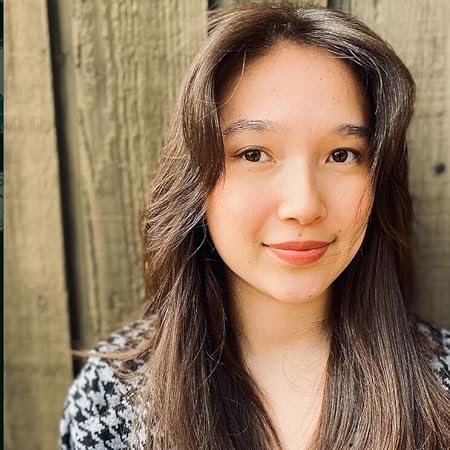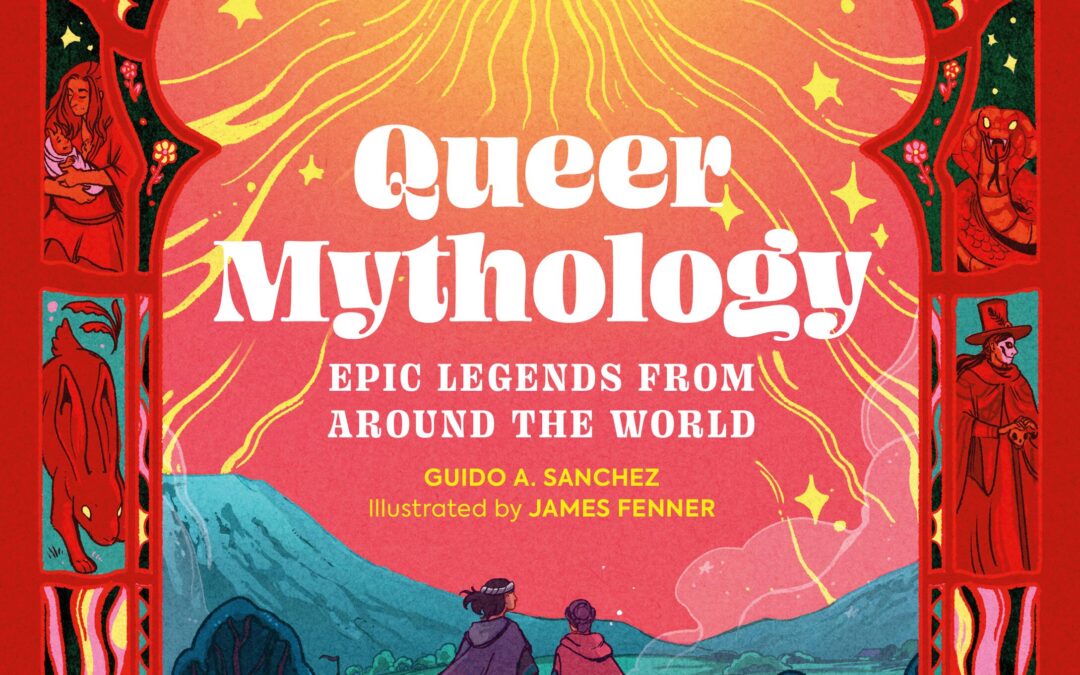Busy Geek Breakdown (TL;DR):
Don’t support any of the listed authors below. Yes, people (read: parents) took them seriously. I know it sounds ridiculous but the panic was real, even if the actual threat was not.
Do be queer and do geek stuff. (D&D, TMNT, and Pokemon are super cool!)
For those of us born in the 1900’s, in that magical time when we had very little parental supervision, but also could play Oregon Trail in school and call it educational
The internet was an excellent opportunity to explore all those things our parents didn’t understand, get dubiously backed up answers to questions we were afraid to ask, or ask random strangers ASL? Which, of course, was not American Sign Language.
…. or use the 14.4k modems at the Public Library to look up the Space Jam Website,
(of note, that JNCO Baseball on NEX, and playing NBA Jam on SNES were mostly the extent of my sports involvement until college)
Anyway, the 1980s and 1990s were decades marked by a phenomenon known as “moral panic.”
During this time, a slew of books emerged that ignited widespread fear and controversy, often targeting LGBTQ+ themes and characters. So today, right in time for spooky season,, we’ll embark on a journey through the pages of these moral panic books, examining their impact on the LGBTQ+ community and how they continue to shape discussions today.
Disclaimer: I read these hilariously awful books so you don’t have to, and don’t worry – I read them at the public library (yes I said at the library) so no money went to these jokers and their demand won’t inch up at all. I do not believe in banning books, but I’m also not going to help these folks out, which is also why I won’t be linking for you to buy any of these in the post like I normally do. If you really want a copy, you can go searching.
To understand the moral panic books of the ’80s and ’90s, it’s essential to grasp the socio-political context of these decades. The AIDS epidemic, Reaganomics, neo-Mccarthyism, conservative politics, and a general discomfort with changing societal norms all played a role in the creation and promotion of these controversial texts.
Moral Panic #1: The Truth About Dungeons and Dragons – by Joan Robie
This book actually went out of print so fast it appears it’s now become somewhat of a collector’s item. Fun!
That didn’t stop it from making some geeks’ lives miserable. This was my first foray into Robie’s writing, and it came up when a teacher was concerned because my friends and I were playing Magic the Gathering during lunch. She was concerned we worshipped Satan or something (whatever happened to religious freedom, right). Anyway, I became a vegan due to my poor spelling at a young age.
Anyway, “The Truth about Dungeons and Dragons” by Joan Hake Robie is a book published in 1991 during the height of the Satanic Panic era. The book attempts to link the popular role-playing game Dungeons & Dragons (D&D) to various moral and psychological concerns, including claims of promoting occult practices, violence, and psychological harm to players, especially teenagers. And if you’re too young to remember this, it went way beyond a few poorly written books. There was even a nebulously created (later entirely debunked) theory that a college student at Michigan State University played so much D&D that he got lost in maintenance tunnels under the campus and died. The fact that this was entirely false did not stop the media, and then countless parent groups from repeating it over and over.
By the specific examples the author uses, and the direct quotes from gamers, it’s clear that the only interviews she conducted were with some adolescent boys who thought it would be funny to mess with her. Reading these sections feels a lot like getting smack talked when I tried to play Fortnite with my nephew.
The book is primarily a product of its time when fears and misconceptions about the influence of D&D were prevalent, often fueled by religious and moral concerns. Robie’s writing reflects a profoundly conservative Christian perspective, which colors her analysis throughout the book. She asserts that allowing children to play D&D is akin to opening their minds to occult practices and harmful psychological effects.
Robie presents anecdotal evidence and case studies, often emphasizing the adverse outcomes of some individuals who played D&D. She also makes questionable connections between the game and themes such as prostitution, sex perversion, cannibalism, and even psychotherapy, which she frames negatively.
Throughout the book, Robie suggests that D&D can lead to a range of societal ills, and she often employs religious references and quotes to support her arguments. She portrays the game as a potential gateway to the occult and other perceived moral dangers.
“The Truth about Dungeons and Dragons” is a book deeply rooted in the moral and religious fears of the time it was written—the Satanic Panic of the 1980s. Robie’s work reflects a strong religious bias and a lack of understanding of the nature of tabletop role-playing games like D&D.
While the book claims to analyze the potential dangers associated with D&D, it relies heavily on anecdotal evidence and case studies that may not represent the broader gaming community. Robie’s interpretation of the game’s content often stretches credibility, such as linking it to prostitution and cannibalism.
Robie also suggests that D&D can harm players, particularly teenagers, by alienating them from their peers and leading them into dangerous territory. However, her arguments often lack nuance and do not consider the diverse experiences and motivations of individuals who engage in tabletop role-playing.
One notable aspect of the book is its extensive bibliography, which includes references to articles and materials related to the history and impact of D&D. Some of these references offer valuable insights into the historical context of the game’s rise in popularity.
In retrospect, “The Truth about Dungeons and Dragons” is seen as a product of its time, reflecting the irrational fears and moral concerns surrounding role-playing games during the Satanic Panic. While it may serve as a historical artifact that sheds light on the circumstances of that era, its arguments and interpretations are discredited by both the gaming community and scholars who have examined the impact of D&D.
The book provides a glimpse into the unfounded fears and misconceptions surrounding D&D during a particular historical period. However, its analysis is heavily biased and needs more depth and nuance to fully understand the nature of tabletop role-playing games and their effects on individuals.
Moral Panic #2: Teenage Mutant Ninja Turtles Exposed – by Joan Hake Robie
Hey, kids, she’s back! “Teenage Mutant Ninja Turtles Exposed” by Joan Hake Robie, published in 1991, is a controversial examination of the popular TMNT franchise. In this book, Robie sets out to provide a “critical analysis” of the Teenage Mutant Ninja Turtles. Still, the analysis leans heavily toward criticism, especially regarding themes of violence, commercialization, and the perceived negative influence on children.
The book is only 75 pages long (which reads like a Flat Earther trying to write an open letter disputing an acclaimed orbitologist) and offers a basic overview of the TMNT phenomenon, including their origin story and popularity in the 1990s. Robie delves into various aspects of the Turtles’ universe, from the movies and action figures to their music tour, “Coming Out of Their Shells.” One section of the book, titled “The Philosophy of the Turtles,” delves into the moral and philosophical aspects of the TMNT concept.
Robie expresses concerns about depicting violence, stereotypes, and the representation of women in the TMNT series. She argues that the show’s emphasis on violence and its commercialization are problematic, potentially desensitizing children to real-world violence. Robie also criticizes the lack of nuance in portraying good versus evil in the series.
“Teenage Mutant Ninja Turtles Exposed” is a highly critical examination of the TMNT franchise, focusing primarily on concerns related to violence, commercialization, and gender representation. Robie presents a biased and firmly rooted perspective in her personal beliefs, which may not align with the views of all readers.
One recurring theme in the book is Robie’s worry about the influence of violence in children’s entertainment, particularly in TMNT. While the concern about violence in media aimed at children is legitimate, Robie’s arguments often lack nuance and rely on exaggerations and misinterpretations of the series.
Robie also raises concerns about gender representation, highlighting the character April O’Neil as an example of the sexualization of women in the series.
While on the surface, it’s tricky to argue that point, considering her iconic skin-tight yellow jumpsuit in the 1985 cartoon, and the fact that more than one person likely realized they weren’t entirely straight because of Ms. O’Neil, the specific arguments in the book rely heavily on cherry picked biblical passages, seem to ignore other areas in popular media where women are sexualized, and lack a thorough understanding of the source material, leading to questionable assertions.
The book is poorly written, with numerous spelling and grammatical errors throughout. Robie’s writing style is disjointed, and her arguments often lack coherence. This lack of clarity may make it difficult for readers to fully grasp her points.
“Teenage Mutant Ninja Turtles Exposed” is a book that attempts to critically analyze the TMNT franchise but falls short due to its biased perspective, lack of depth in its arguments, and poor writing. While it raises some valid concerns about violence in children’s entertainment, it fails to present a well-reasoned and balanced critique of the series. Readers interested in thoroughly examining the TMNT franchise will be immensely disappointed.
Moral Panic #3: POKEMON is of the Devil!
Ok, so I didn’t find any specific books about this one (yet – I’ll keep looking because these things amuse me to no end) but the panic was very real.
In the late 1990s, a phenomenon swept the globe, captivating the hearts and minds of children and adults alike. Pokémon, short for “Pocket Monsters,” emerged as a cultural juggernaut with its video games, trading cards, animated TV series, and merchandise. But a moral panic was brewing beneath the vibrant colors and endearing creatures.
The moral panic surrounding Pokémon can be traced back to several key factors.
Pokémon’s trading card game quickly became a sensation. As children eagerly collected and traded cards, adults worried about the potential for addiction and financial strain on parents. Simultaneously, the Pokémon animated TV show followed Ash Ketchum’s and his friends’ adventures as they traveled the world capturing Pokémon.
Critics argued that the show promoted materialism and consumerism, relentlessly focusing on collecting creatures. Moreover, some religious groups voiced concerns that Pokémon promoted occultism and encouraged children to summon “demons” by capturing and battling creatures.
The Pokémon moral panic manifested in various ways. Some schools banned Pokémon cards due to concerns about theft, distraction, and student disputes over trades and battles. Pokémon was accused of promoting occultism and even satanic themes, often centered on the concept of “evolution” in the game, where Pokémon would transform into more powerful forms.
Parents worried about how much time their children spent playing Pokémon games or watching the TV show, fearing it could lead to a sedentary lifestyle or addiction.
Over time, the Pokémon moral panic gradually subsided for several reasons. As more information about Pokémon became available, parents and educators better understood the game’s mechanics and objectives. This demystification reduced some of the fear and misinformation. Moreover, Pokémon encouraged strategic thinking, problem-solving, and social interaction among players, overshadowing the negative perceptions.
Pokémon continued to evolve and adapt to changing societal norms. The franchise expanded its offerings to include games that promote physical activity, such as Pokémon GO. Many parents started to engage with their children by learning about Pokémon and playing the games together, fostering a sense of bonding. Then of course, came the panic over people walking into traffic, but that’s a whole other story …
The Pokémon moral panic of the late 1990s was a complex interplay of concerns over addiction, occultism, and consumerism. However, education, positive experiences, and a better understanding of the franchise helped dispel these fears over time. Pokémon continued to thrive as a beloved and enduring part of popular culture, proving that beneath the initial moral panic lay a world of imaginative storytelling, strategic gameplay, and cherished memories for generations of fans.
Lessons for Today:
I could do an entire series on real panics set off by fake threats, and maybe I will at some point. Whether it’s Comic Books convincing kids they can jump off buildings, Teletubbies turning kids gay, Fraggle Rock turning kids into communists, Celeste making kids think that they are trans (and making trans kids believe they can double jump?) – people claiming to ‘defend family values’ will always find a way to stir up fear and hatred.
This type of panic, of course, disproportionately impacts BIPOC, Queer, and other marginalized communities. This post is not meant to downplay the genuine harm that can be done when people, especially those with the power to create violence with weapons, words, or legislation, stir up panic. It is here to let you know we’ve been here before, and it will happen again. Arguing each instance on the merits may be a waste of time, I don’t know. But I know that when we gather to celebrate our Geeky fandoms, find Queer joy, and have Pride in who we are and love, we will win out.
Have other topics you want me to babble about artlessly? Let me know!







0 Comments